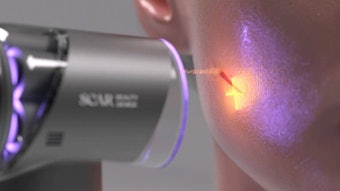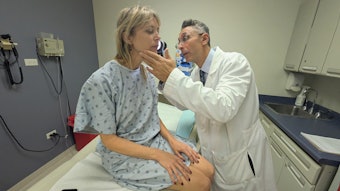
A "second-generation" platelet concentrate called platelet-rich fibrin (PRF) might enhance the outcomes of fat grafting for plastic surgery procedures, according to the results an experimental study in the June issue of Plastic and Reconstructive Surgery. The rabbit study from Shaoheng Xiong, MD, and colleagues of Fourth Military Medical University in Xi'an, Shaanxi, China, compared fat enriched with PRF to fat enriched with platelet-rich plasma (PRP).
Both biomaterials improved the microscopic characteristics of the transplanted fat: PRF was associated with greater fat integrity while PRP was associated with less fibrosis (scar tissue) and inflammation. Although both PRF and PRP increased new blood vessel formation (angiogenesis), the increase in blood vessel density was greater with PRF.
Both platelet concentrates release growth factors that may promote more effective transplantation of fat cells. A key advantage of PRF may be the prolonged release time of growth factors and immune-active cytokines, in contrast to the rapid release by PRP. PRF is also easier to produce, which may avoid some of the variations in PRP preparations and effectiveness reported in previous studies.
The study showed that when PRF was used, nearly 20 percent of the fat graft material was retained 12 weeks after transplantation, compared to 13 percent with PRP and 9 percent with normal saline.
“Taken together, our results showed that PRF could improve the outcomes of fat grafting,” the authors concluded. They plan further studies to “explore the detailed molecular mechanisms of PRP/PRF in fat grafting." However, they emphasize that high-quality randomized clinical trials will be needed to define and compare the benefits of these platelet concentrates.
Click Here to read "Platelet-Rich Plasma and Platelet-Rich Fibrin Enhance the Outcomes of Fat Grafting"
Image copyright Getty Images











